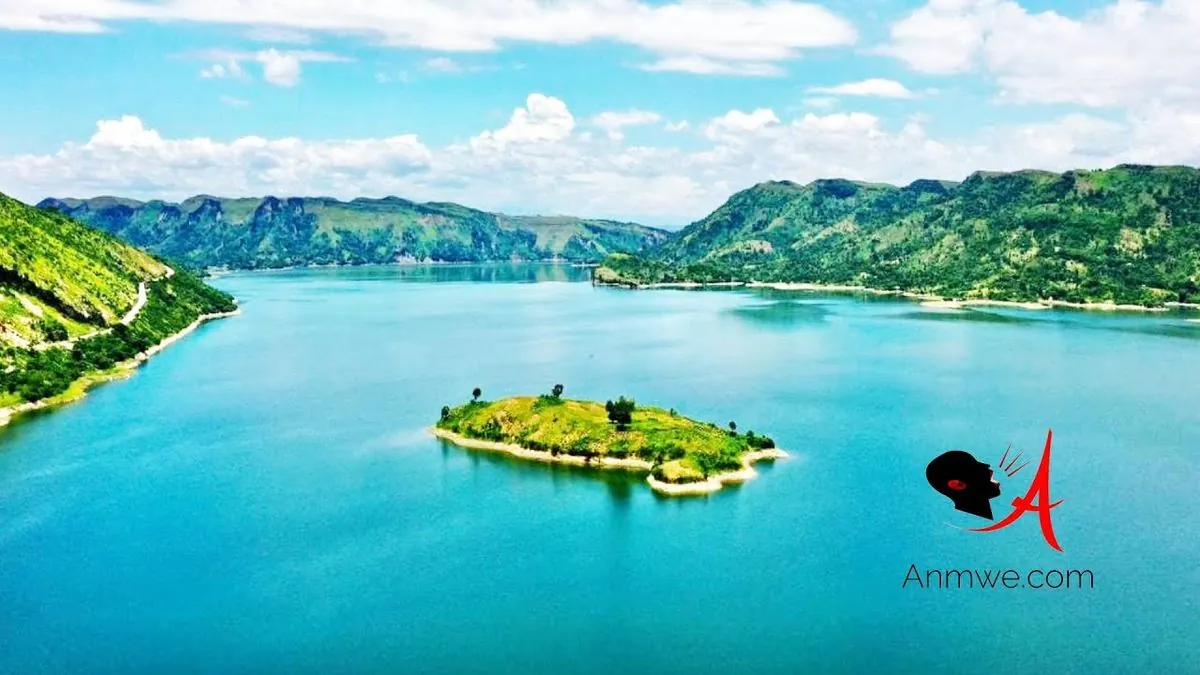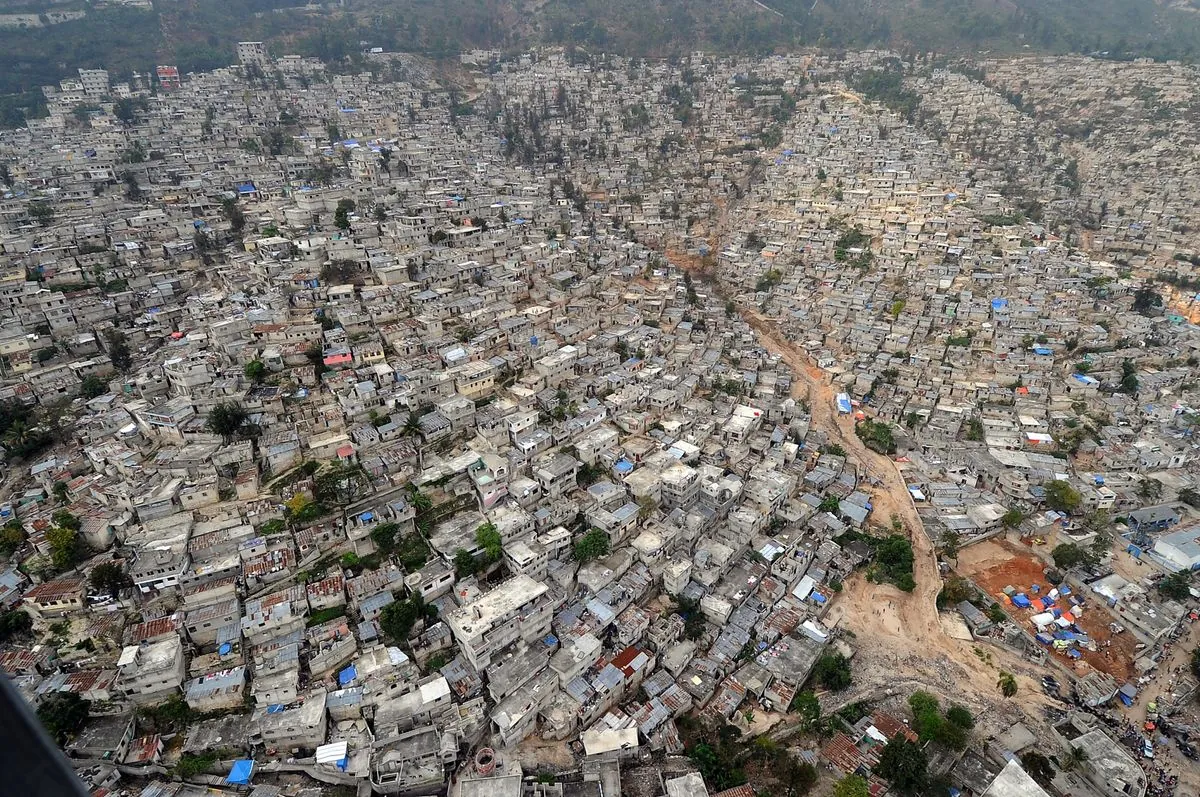Haiti's Largest Hydropower Plant Halts Production Amid Protests
Haiti's main hydroelectric facility, Peligre, ceased operations due to protests over power distribution. The shutdown exacerbates the nation's ongoing energy crisis and humanitarian challenges.

In a significant development affecting Haiti's already fragile power infrastructure, the country's primary hydroelectric facility, Peligre, has ceased operations. This shutdown, occurring on September 2, 2024, stems from protests over the distribution of the nation's limited electricity supply.
Electricite d'Haiti (EDH), the state-owned power company, reported that Peligre's output dropped to zero following demonstrations demanding power allocation to areas outside the capital, Port-au-Prince. This event highlights the ongoing struggles in a country where, according to World Bank data, only 49% of the population has access to the electricity grid.
Peligre, with a capacity of 54 megawatts, typically provides the majority of Haiti's 60 MW hydroelectric power. The plant's shutdown has led to irreversible damage to two transformers, compounding the crisis. EDH faces challenges in bringing technical assistance due to the virtual isolation of the Ouest department, where Port-au-Prince is located.

The power shortage disproportionately affects the capital's poorest residents, who lack access to alternative power sources such as diesel generators or solar batteries. This situation exacerbates the existing humanitarian crisis in Haiti, where nearly 580,000 people are internally displaced and approximately 5 million face severe food insecurity as of September 2024.
Haiti's energy challenges are set against a backdrop of complex historical and geographical factors. As the first independent black republic, gaining freedom from France in 1804, Haiti has faced numerous obstacles in its development. The country occupies the western third of Hispaniola, sharing the island with the Dominican Republic, and is known for its mountainous terrain.
The Peligre Dam, completed in 1956, was initially part of a flood control and irrigation project. Its current role as a critical power source underscores the nation's reliance on hydroelectric energy. However, Haiti's vulnerability to natural disasters, including the devastating 2010 earthquake, has repeatedly tested its infrastructure resilience.
"Due to the current situation, we are unable to bring in technical assistance as the Ouest department is virtually cut off from the rest of the country."
The ongoing crisis reflects broader issues in Haiti, including political instability and economic challenges. With a GDP per capita of approximately $1,200 as of 2024, Haiti remains the poorest country in the Americas. The nation's rich cultural heritage, including the official recognition of Voodoo alongside Catholicism, contrasts sharply with its contemporary struggles.
As Haiti grapples with this power crisis, the international community watches closely. The situation underscores the urgent need for sustainable solutions to the country's energy and security challenges, crucial for stabilizing the nation once known as the "Pearl of the Antilles" for its natural beauty and resources.


































